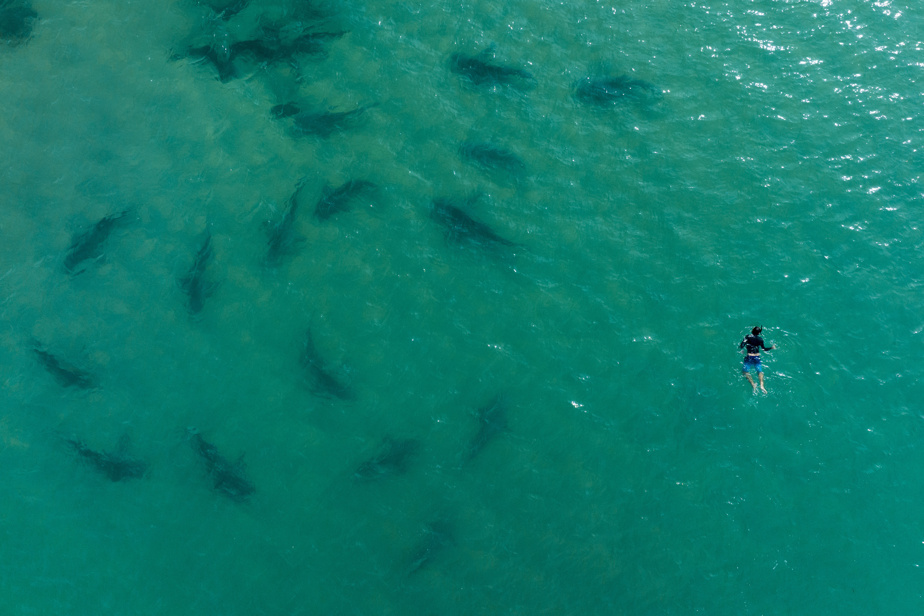(OTTAWA) Environmental groups have praised the new deal to protect biodiversity in the high seas, a place where conservation efforts have long been hampered by a lack of regulatory harmonization.
The agreement reached Saturday night at the United Nations marks a turning point in efforts to bring order to vast swathes of the planet where conservation has already been hampered by confused laws. Its range should apply to nearly half of the planet’s surface.
According to Greenpeace Canada, this agreement represents a monumental step for the protection of the oceans.
“This is the largest conservation effort in history,” said Greenpeace Canada’s Oceans and Plastics campaign manager Sarah King on Sunday. It’s a moment everyone should celebrate. »
According to her, the treaty will be used as a tool to improve the governance of the high seas, as well as to allow world governments to achieve the commitment of the United Nations Conference on Biodiversity to protect 30% of the waters and lands of the planet.
“Scientists have said that 30% protection is the minimum we need to start restoring marine biodiversity and allowing ecosystems to build resilience against climate change, plastic pollution and all the other threats we face. they face,” she said.
“So it’s really important that governments act quickly to create a network of protected areas in the high seas.”
She said it is now up to Canada – and all governments around the world – to ratify and implement the treaty as soon as possible.
Positive reactions to the federal government
“I am very proud of Canada’s contributions during the negotiation process and the way we engaged with other countries to obtain the necessary support for the signing of this agreement,” said the Minister of Fisheries, Oceans and the Canadian Coast Guard, Joyce Murray, in a press release.
“I look forward to working with our international partners to implement this landmark agreement with unified approaches to ocean protection. »
Foreign Affairs Minister Mélanie Joly and Environment Minister Steven Guilbeault also welcomed this new agreement in a joint statement issued alongside Ms.me Murray.
“Our oceans are at the heart of who we are as a country. With the longest coastlines in the world, marine and coastal areas are critical to Canada’s economy and the livelihoods of Canadians across the country,” the ministers said in their statement.
“We will continue to work with our international partners to promote a bluer, cleaner and more sustainable world. »
The culmination of a long process
The United Nations Convention on the Law of the Sea entered into force in 1994, before marine biodiversity was a well-established concept. The agreement was reached after two weeks of talks at UN headquarters in New York.
An updated framework to protect marine biodiversity in regions outside national boundary waters had been discussed for more than 20 years, but efforts to reach a new agreement had repeatedly stalled.
The agreement provides for the creation of a new organization responsible for managing the conservation of marine biodiversity and the establishment of marine protected areas on the high seas.
The treaty also establishes ground rules for carrying out environmental impact assessments of commercial activities in the oceans.
Several species – including dolphins, whales, sea turtles and many fish – make long annual migrations, crossing national borders. Efforts to protect them, and the human communities that depend on fishing or marine life tourism, have long proven difficult for international organizations.
Laura Meller, campaigner for Greenpeace Nordic, argued that China and the High Ambition Coalition – which includes Canada, the European Union, the United States and the United Kingdom – were key players in negotiating the OK.
“Now the hard work of ratifying and protecting the oceans begins,” she said in a statement. We must build on this momentum to eliminate new threats such as deep sea mining and focus on putting in place protections. »
With information from The Associated Press.
